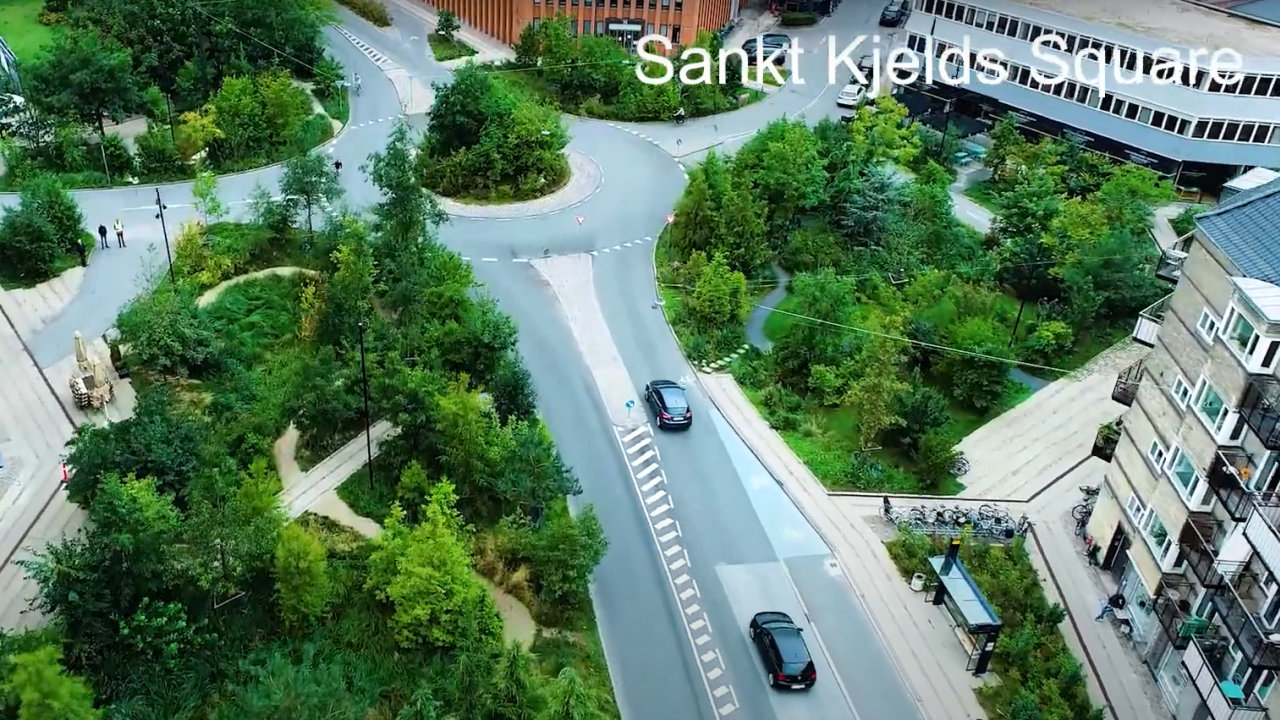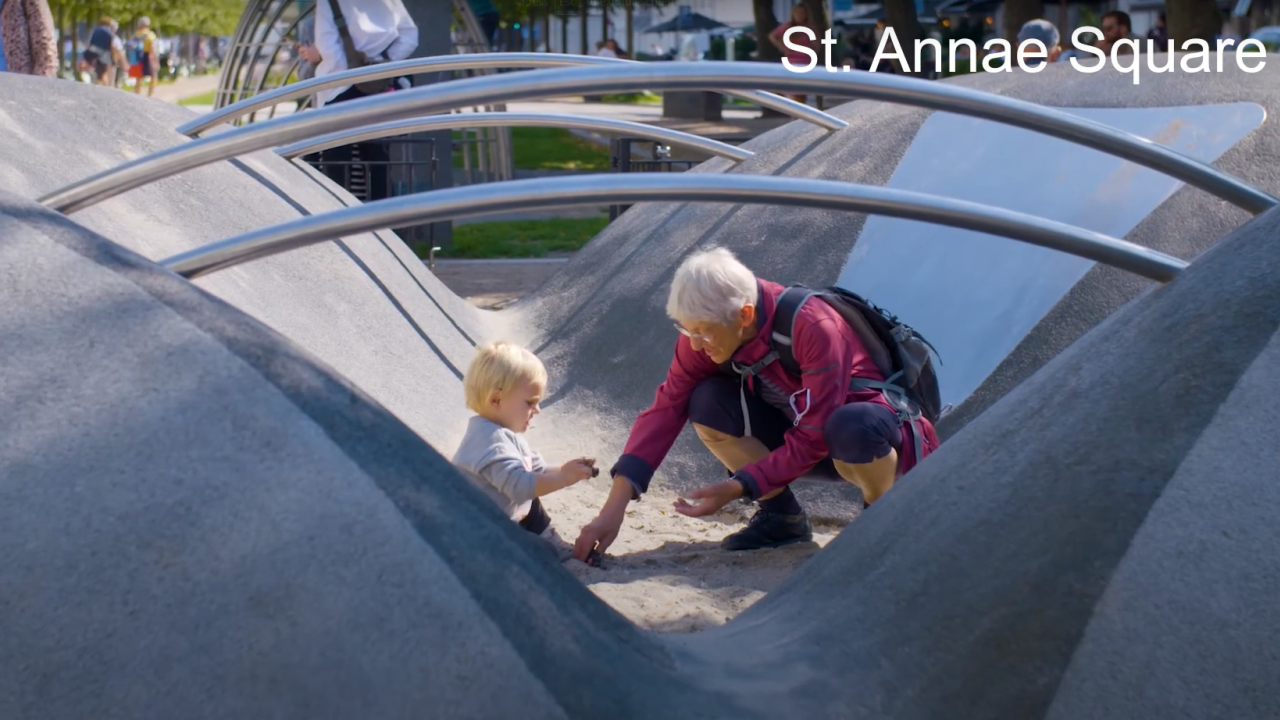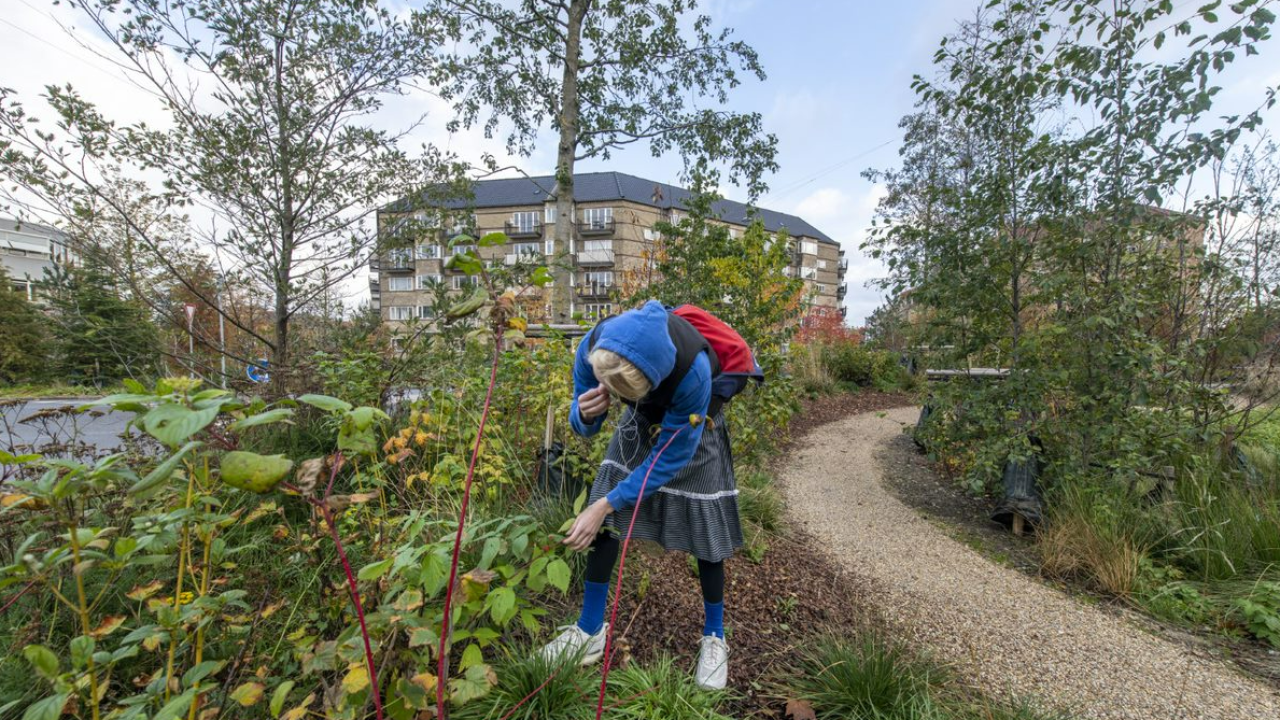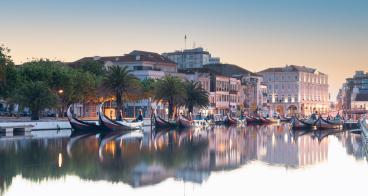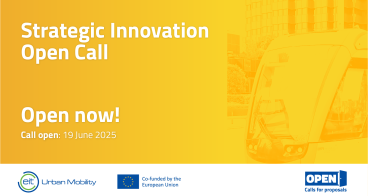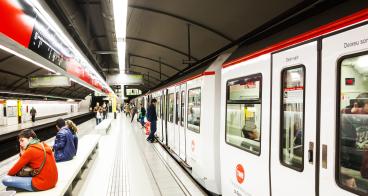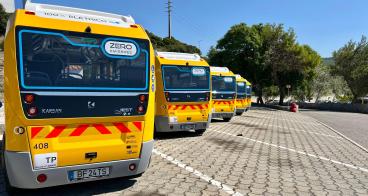Copenhagen: Climate adaptation for more resilient and green urban neighborhoods
The Challenge
The climate challenges that Copenhagen is facing are mainly related to the increase in precipitation – and rising sea levels. A massive cloudburst in 2011 with more than 150 mm rainfall in under 2 hours led to extensive damages and insurance claims amounting to more than 800 mill. euros. And it also showed the vulnerability of the city to the future climate. Massive traffic disruption with closed roads, power cuts at hospitals etc. showed the need for action.
One of the challenges of the cloudburst management plan is to put in a new layer of storm water infrastructure in the city. Mostly based on surface solutions, and it gives the city a unique opportunity to improve life quality of the Copenhageners by creating green and blue recreational areas and a more diverse city.
But the surface solutions also take up room in the city. Room that is also wanted for bicycles, parking and cars. So over the next years as the implementation will start it will be a continuous discussion on how we prioritize the use of urban space in the city.
The Solution
Skt. Kjelds Square and Bryggervangen can both handle the increase in everyday rain and cloudbursts and does this in several different ways. Rainwater that hit the road is mainly led into a separate pipe where it is directed into a nearby cloudburst pipe. The reason for this is, that rainwater from roads is the type of runoff that causes the most trouble to green and blue alternative solutions. This water will often contain larger amounts of xenobiotics, which is damaging to the environment. On the southern section of Bryggervangen though, the first flood method is used to handle the polluted road water, when detaching the rainwater from the combined sewer system. The water from the first flush is diverted to the local wastewater treatment plant, where it is treated. The water from the second flush is relatively clean and can be handled locally in the green areas.
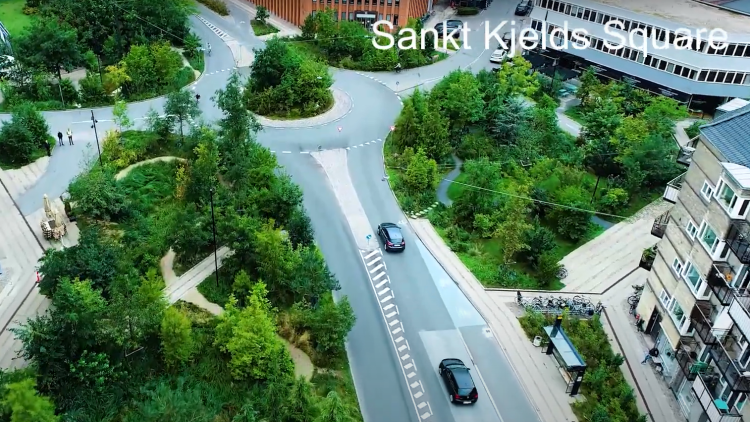
Making an impact
The area has been adapted to the climate change according to the standards for climate adaptation of Copenhagen. The vision for Skt. Kjelds Square and Bryggervangen has been to transform the area into the green heart of the Climate-Resilient Neighborhood, and to make it an urban space where nature is permitted to spread and where traffic operates in fine interaction with recreational areas.
At the same time, Skt. Kjelds Square and Bryggervangen have been transformed, so it can protect the entire area from the future increase in precipitation and cloudbursts.
Before the project began, the project area had around 15.300 m2 of road area and no nearby places where the local residents could meet or go for a walk. Now there is only 5600 m2 of that road area left, and the rest of the area has been transformed into green areas where locals can stroll around and enjoy the relaxing sound of birds.
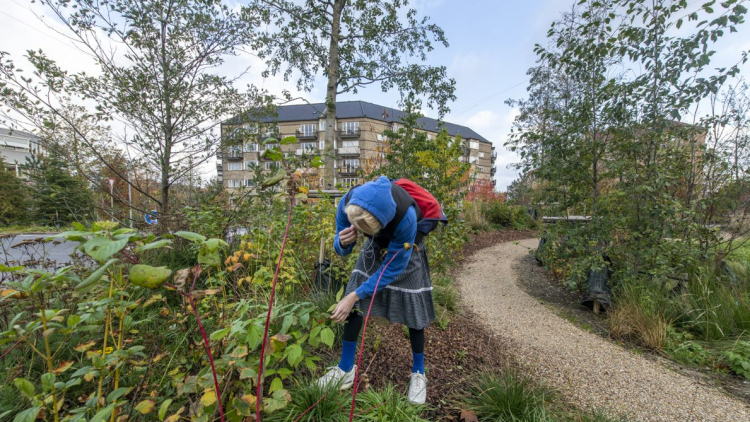
Lessons learnt
At the same time it is a strong demand that the environmental standard in Copenhagen will not suffer from the adaptation measures. It is the aim that the sewer overflows during heavy rainfall to streams, lakes and the sea will be further reduced by the climate adaptation measures when the rain water is separated from the sewers. So in the future the Copenhageners will still have the opportunity to swim in the harbour.



